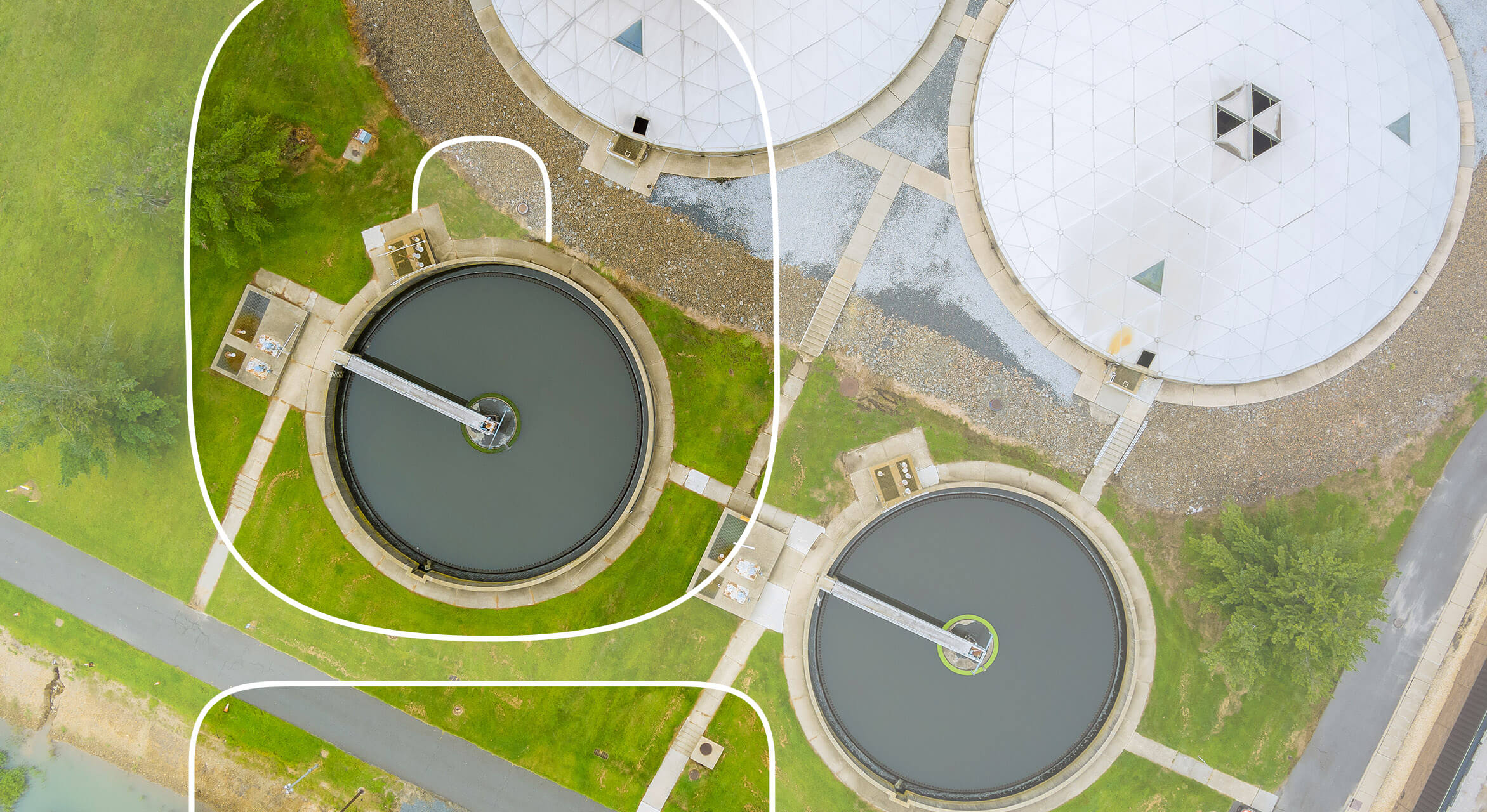Comprehending Wastewater Treatment Processes and Their Environmental Influence
The intricacies of wastewater treatment processes play an essential duty in mitigating environmental challenges related to water pollution. Each stage, from initial to sophisticated therapies, is designed to address details impurities, inevitably securing both public health and water ecosystems. Regardless of technological innovations in treatment performance, considerable challenges linger, consisting of the management of residual contaminants and the effects of nutrient overflow. As we explore the complexities of these procedures, it ends up being vital to wonder about just how far current methods can advance to satisfy the expanding demands of sustainability and environmental conservation.
Summary of Wastewater Treatment
Exactly how is wastewater transformed into a safe resource for the setting? Wastewater therapy is an important procedure designed to eliminate pollutants from used water, therefore securing public health and wellness and safeguarding communities. This process starts with the collection of wastewater from property, industrial, and industrial resources, which is then directed to treatment facilities.
At these facilities, numerous physical, chemical, and biological techniques are employed to treat the wastewater. Ultimately, biological therapies, such as activated sludge processes, make use of microorganisms to damage down organic matter.
The dealt with effluent can be safely discharged into all-natural water bodies or reused for irrigation and commercial purposes, promoting source preservation. Additionally, the therapy procedure generates biosolids, which can be repurposed as fertilizers or dirt amendments, even more boosting sustainability.
Phases of Treatment Processes
The wastewater therapy procedure commonly includes three key phases: preliminary, main, and second treatment. Each stage serves a distinctive role in lowering the pollutant tons and making certain the effluent meets environmental requirements prior to discharge.

The key therapy phase concentrates on the physical splitting up of put on hold solids from the wastewater. Via sedimentation, larger fragments resolve at the base of sedimentation containers, creating sludge, while lighter products, such as oils and oils, float to the surface area and are skimmed. This process substantially minimizes the natural and inorganic tons in the wastewater.
Additional treatment is a biological process targeted at more lowering the focus of natural matter. Various methods, consisting of turned on sludge systems and flowing filters, use bacteria to metabolize organic contaminants. This stage is important for achieving the necessary biochemical oxygen need (BODY) reduction, ultimately bring about cleaner effluent all set for discharge or additional treatment. Each stage is essential in protecting environmental and public health and wellness.

Advanced Therapy Technologies
Complying with the check my site secondary therapy processes, progressed treatment innovations play a vital duty in further boosting the quality of dealt with wastewater. These technologies are created to remove recurring impurities that are not successfully removed during key and secondary treatments, making certain the effluent satisfies rigorous regulatory requirements.
Amongst the widely used innovative treatment techniques are membrane layer filtration, reverse osmosis, and progressed oxidation processes. Membrane layer purification, including microfiltration and ultrafiltration, is efficient in dividing great particles, microorganisms, and colloids from the water (Wastewater). Reverse osmosis makes use of semi-permeable membrane layers to remove dissolved solids, leading to high-quality water suitable for different applications
Advanced oxidation procedures (AOPs) use strong oxidants to deteriorate organic contaminants, consisting of drugs and personal care products that are resistant to traditional therapy. These approaches boost the biodegradability of intricate substances, facilitating their removal.
Another significant innovation is the usage of organic nutrient elimination procedures, which particularly target nitrogen and phosphorus, protecting against eutrophication in obtaining water bodies. On the whole, advanced therapy technologies are essential for achieving higher levels of purification, promoting water reuse, and safeguarding public health while addressing the challenges related to wastewater management.
Environmental Benefits of Treatment
Numerous environmental benefits arise from effective wastewater treatment processes that add to ecosystem wellness and sustainability. Largely, these procedures significantly decrease the launch of damaging pollutants right into natural water bodies, which assists keep water communities. By getting rid of impurities such as heavy steels, nutrients, and virus, treated wastewater reduces the risk of waterborne conditions and promotes biodiversity in marine settings.
Additionally, wastewater treatment centers commonly utilize advanced modern technologies that allow water recycling and reuse. This practice Learn More Here not just saves fresh water resources but additionally decreases the demand on all-natural water supplies. Enhanced nutrient elimination from wastewater can likewise protect against eutrophication, a procedure that leads to algal blossoms and subsequent oxygen deficiency in marine systems.
Additionally, reliable treatment processes can reduce greenhouse gas exhausts, especially methane and laughing gas, which are commonly released during untreated wastewater disintegration. By capturing and using biogas from anaerobic digesters, facilities can convert waste right into sustainable power, thereby adding to a decrease in fossil fuel dependence.
Challenges and Future Fads
While the environmental benefits of wastewater therapy are clear, several obstacles persist that prevent optimal results in this area. One significant issue is aging framework, which frequently causes inefficiencies and boosted functional costs - Wastewater. Several treatment plants were developed years earlier, and their capabilities do not line up with modern-day demands, that include stricter regulative criteria and higher volumes of wastewater because of urbanization

Looking in advance, there is an expanding emphasis on resource recovery and round economic situation concepts within wastewater therapy. Advancements such as anaerobic food digestion, which can generate biogas, and progressed purification modern technologies are getting grip. These techniques not just improve treatment effectiveness however likewise advertise sustainability.
Ultimately, dealing with these challenges calls for partnership among stakeholders, financial investment in innovation, and a commitment to ongoing study. By accepting these trends, click for more the wastewater therapy field can progress to meet the demands of a changing setting and society.
Conclusion
In verdict, wastewater therapy processes play a vital function in improving ecological top quality and public wellness. The multi-stage therapy structure, coupled with advanced innovations, successfully alleviates air pollution and advertises lasting water monitoring.